Currant care in spring: necessary procedures, tips and instructions
Currant is a sweet and sour berry that many adults and children adore. And this is not surprising, because it contains a large amount of vitamins, especially vitamin C, group B and PP, as well as other useful macro-and microelements. However, in order for the berry bush to delight you with its abundant fruiting every year, it needs proper care throughout the growing season, and most of all after winter, when the plant is just waking up and needs more care than ever.
How do you need to care for currants in the spring in order to have a good harvest?
Below you will find relevant tips and tricks that will help you carry out the correct spring care for black currants (in general, there are no fundamental differences in the care of red and white currants).
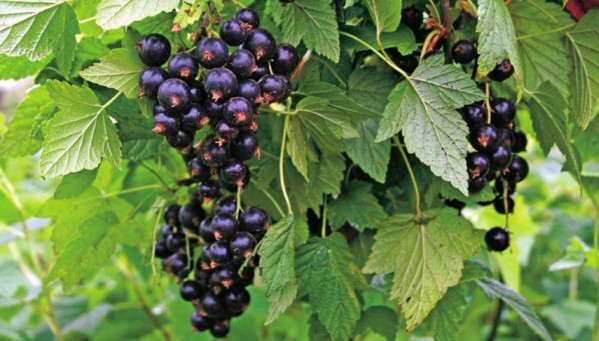
Content
When to start carrying out spring activities for caring for currants after winter: timing
As a rule, work on spring currant care in the garden should be started immediately after the last snow melts and the air temperature becomes positive and settles at about +4 .. + 5 degrees.
This does not apply early spring treatment of bushes with boiling watersince this should be done much earlier.
Too long delaying work on trimming and preparing currants for the new season, unfortunately, threatens to escalate at a time when it will be too late to carry out care. The buds in the warm sun will quickly begin to swell and crack, releasing young leaves and inflorescences outside. Therefore, it is important not to waste time and, at the very first favorable days, come to the country house and get down to business.
In order to properly care for currants in spring, it is necessary to take into account the climatic features of growing crops in different regions and, accordingly, start spring work on time:
- So, in the southern regions, they start caring for currant bushes in early spring - in mid-March, immediately after the ground dries up a little.
- In the Central lane (Moscow region), they begin to care for currant bushes after winter much later - somewhere in the second half of April.
- In the Northwest (in the Leningrad region), as well as in the Urals and Siberia, spring currant care is carried out closer to the end of April-beginning of May.

How to care for currants in spring: basic activities
Despite the different starting dates for work in each separate region, the scheme of spring activities for the care of berry bushes is approximately the same.
So what should you do with currant bushes in the spring to get a good and tasty harvest?
As a rule, the following are included in the spring currant care measures:
- opening after winter (removal of the winter shelter);
- transfer (of necessity);
- pruning;
- loosening and weeding;
- watering;
- mulching;
- feeding;
- treatment against pests and diseases.
Removing shelter (mulch) after winter
To prevent the currants from freezing at low temperatures (from -25 ..- 30), the plant is often covered for the winter, or rather mulched.

Therefore, when all the snow has completely melted and melted, you will need to remove all the mulch, as well as rake the bush from the trunk circle all the remaining garbage, the same leaves and so on (it is very convenient to do this with a fan rake), and then burn.
Together with organic residues, you will get rid of many insect pests and fungal spores left over after wintering. In addition, open soil warms up faster with the sun's rays, which stimulates the plant to start growing.
Pruning
If shelter (mulching) is not at all a mandatory autumn operation, which means that not everyone will have to clear the bushes of last year's mulch, then pruning is one of the most important care measures for currants, from the correct implementation of which in many ways future fruiting depends shrub.
So, in the spring, if last year you did autumn pruning of bushes, then, as a rule, you will only need to check that the shrub has survived the winter well, in other words, to carry out sanitary pruning.
By the way! At this point, you should also get rid of all tick budswhich you can collect by hand. Moreover, it is desirable to do this as early as possible, in other words, do not wait for their swelling.
It is quite simple to distinguish tick-borne from healthy kidneys: they are always round, while healthy ones are elongated.
All collected mite kidneys, required burn!
If you did not do the autumn pruning, then it should be here now, i.e. in the spring.
Note! The site has detailed material about how to properly cut currants in spring.
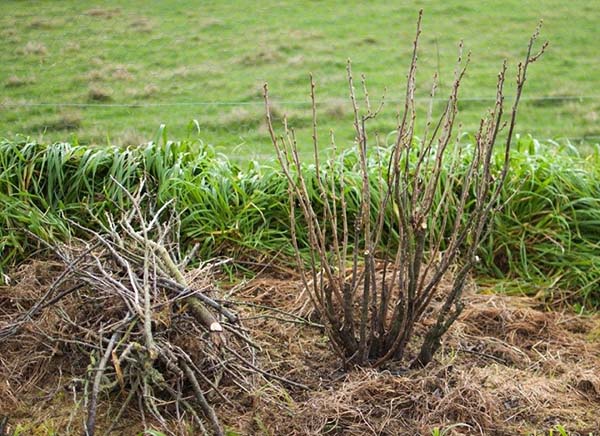
Loosening and weeding
Then you can proceed to loosening the soil... The goal of this event is to improve air access to plant roots, as well as moisture and nutrition.Moreover, this should be done with a special hoe (5-6 cm), in no case with a shovel, because the currant has a fairly superficial root system.
As a rule, weeding is also carried out along with loosening.
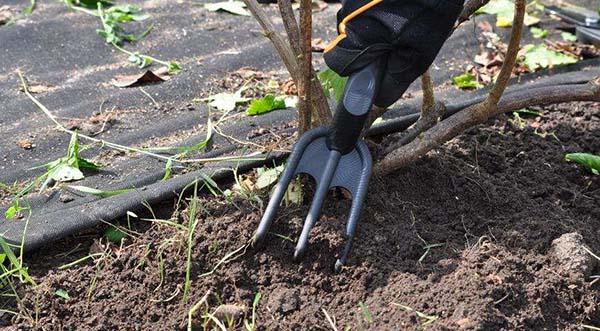
Watering
After the soil dries out from the snow, if there is no additional precipitation, it is very important not to let the currants “die of thirst”.
In the future, currants in the spring are watered with slightly warm water, in the morning or in the evening, about 1 time a week, while it is required to pour a sufficient amount of moisture under the bush (3-4 buckets).
If you do not water the currant bushes in sufficient quantities, then there can be no question of any large and tasty berries.
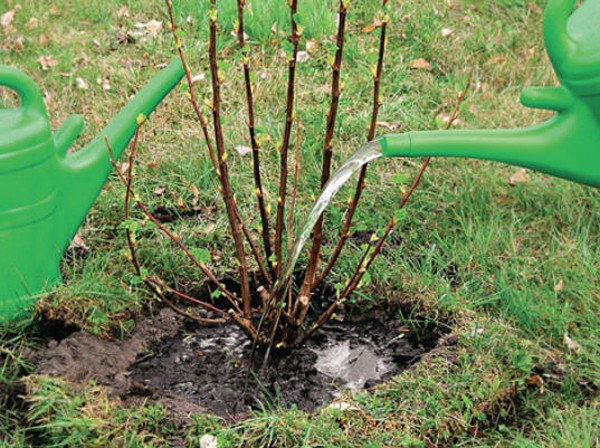
Mulching
To reduce moisture evaporation and prevent the growth of weeds, you can mulch the near-stem circle of currants in the spring with a layer of sawdust, cones, straw or fertile soil - humus, compost, peat, biohumus.
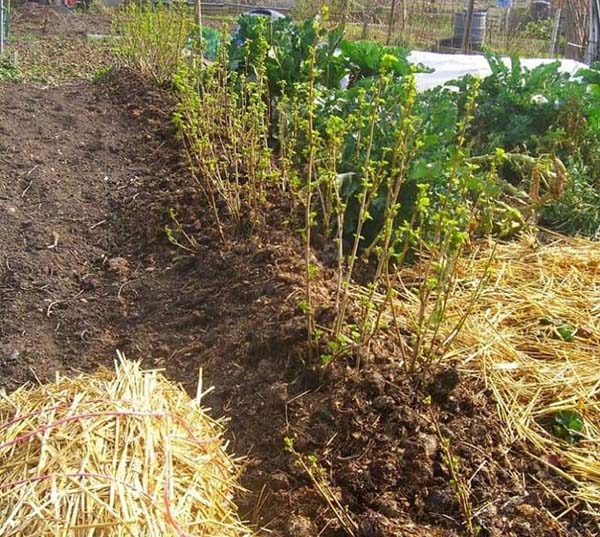
Thanks to mulching, you will need to water the shrub much less often (moisture will hold on much better), and there will also be less weeds.
And some even put black non-woven material under the currant bushes.
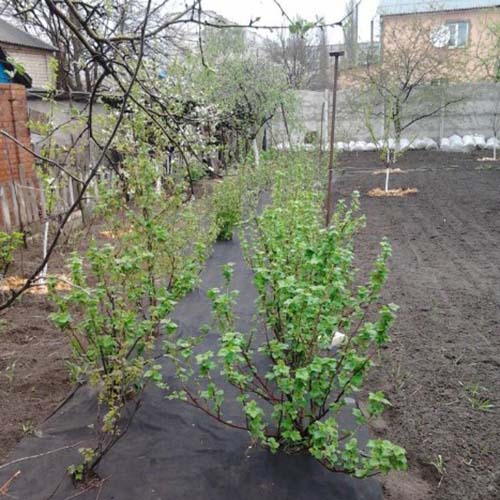
Top dressing
This is another key event that is included in the list of basic elements of spring care, and thanks to which you can get an increased yield, of course, if you know when and what exactly you need to fertilize currants in spring.
So, at the very beginning (during the swelling period), currants require nitrogen, and before flowering, more phosphorus and potassium.
By the way!All information about spring feeding of currants you will find in this material.
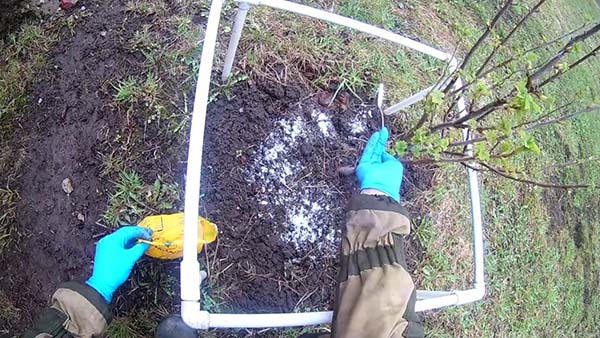
Treatment against diseases and pests
Spraying bushes against diseases and pests is another essential element of spring currant care.
Therefore still in early spring You can spill currant bushes with boiling water.
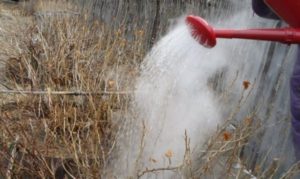
In addition, it is further recommended to carry out spring eradication spraying, as well as a couple of preventive and protective treatments for currants against diseases (especially against powdery mildew) and pests (aphids).
Helpful! Detailed information about processing of currant bushes from diseases and pests in the springd and also spraying pattern described in this separate article.
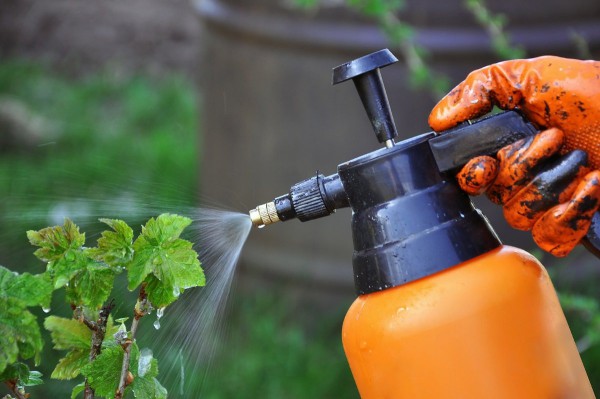
Transfer
If your bush has noticeably reduced fruiting and it has generally stopped developing: there is no growth of young shoots even after stimulating pruning, it is 10-15 years old - it's time to transplant it, and first propagate it in one of the ways.
Also, the reason for the transplant may be a banal redevelopment of the site or the need to move a quite young berry bush to another place.
It is believed that it is best to transplant currants in the autumn period, but this does not mean at all that it cannot be done in spring or even in summer, especially if it is really necessary.
The most important thing when transplanting (planting) currant bushes in spring is to have time before the buds of the plant wake up.
By the way! The site has a detailed article about how to transplant currants correctly in spring, summer and autumn.
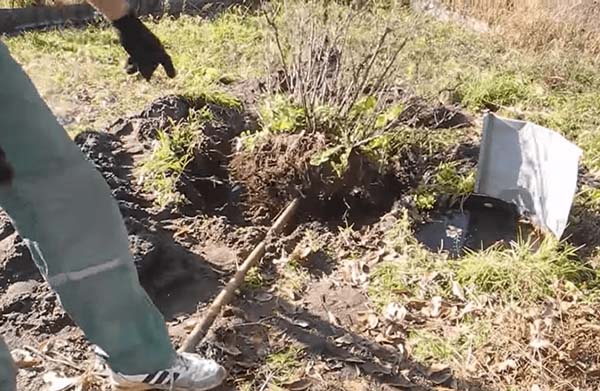
Popular mistakes in currant care in spring
Most budding gardeners unknowingly make a number of mistakes. In order not to constantly learn from your own mistakes, it is better to find out in advance about the main potential shortcomings in caring for currants in the spring.
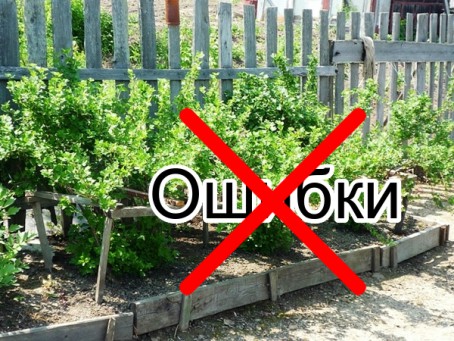
So, the most popular mistakes that arise during spring care for currant bushes are the following:
- untimely start and implementation of specific work (for example, you need to cut off before the start of sap flow and swelling of the kidneys, and you can feed it after or during);
- the wrong order (it makes no sense to first process the currants from diseases and pests, and then prune it, it is better to do the opposite);
- improper feeding (applying too much nitrogen fertilizers) or its absence at all;
- incorrect trimming or lack of it;
- ignoring preventive measures to protect currants from pests and diseases.
Thus, the spring care of bushes of black, red and white currants in the spring does not require any extra efforts. It is enough to follow simple recommendations and not ignore the most important garden activities, which in the end will definitely have a positive effect on the harvested crop.
Video: spring currant care


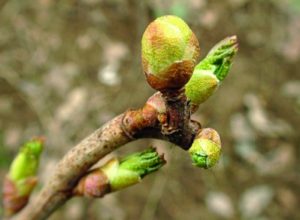
glass glass how to get rid of
You can try to hold early spring treatment of bushes with boiling water (some say it helps, but in fact there is almost no effect).
During spring pruning it is necessary to cut out and burn all shoots affected by the glass.
Before flowering - treat with insecticides based on Cypermethrin (Inta-vir, Inta-Ts-M).